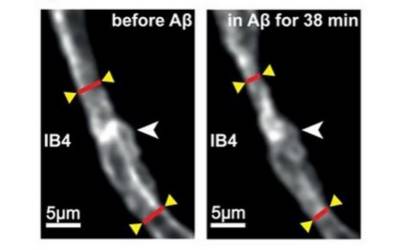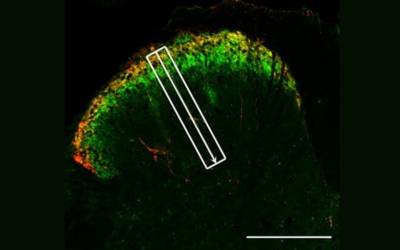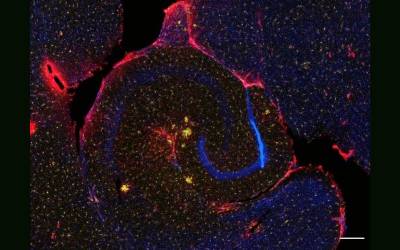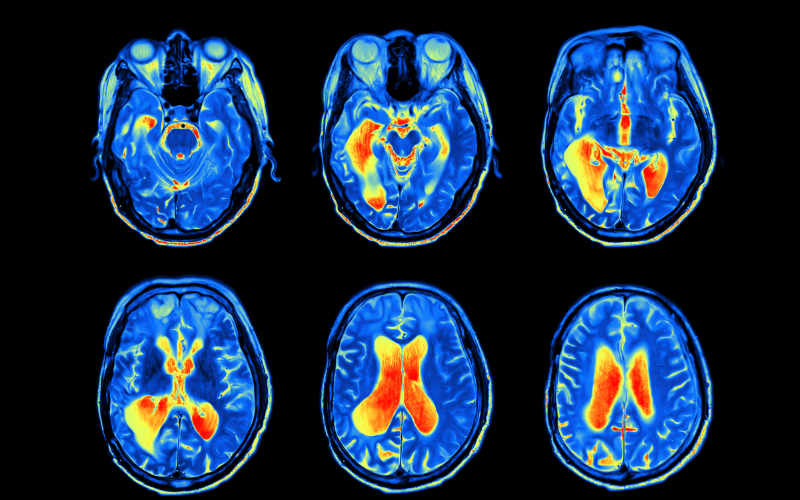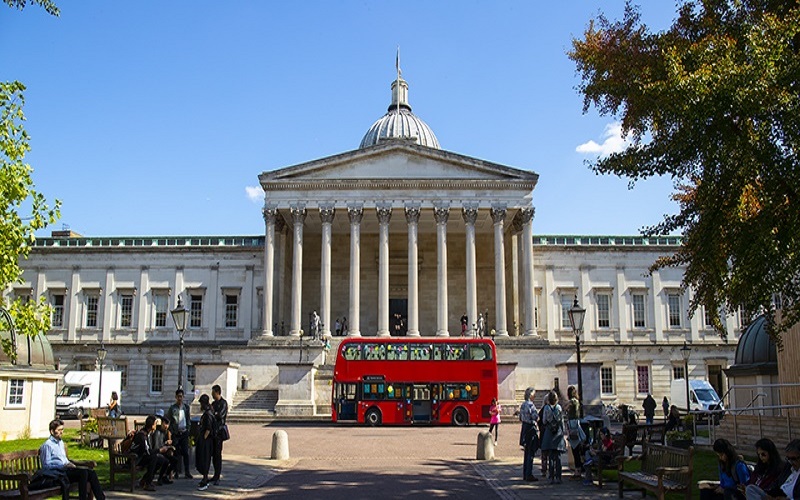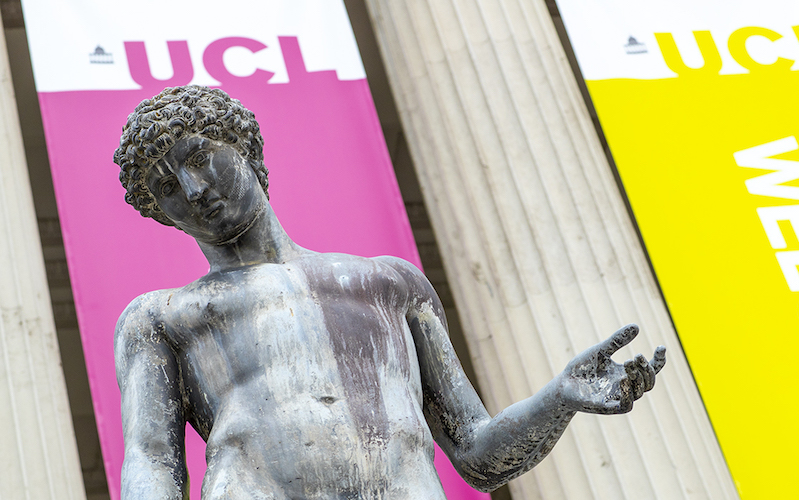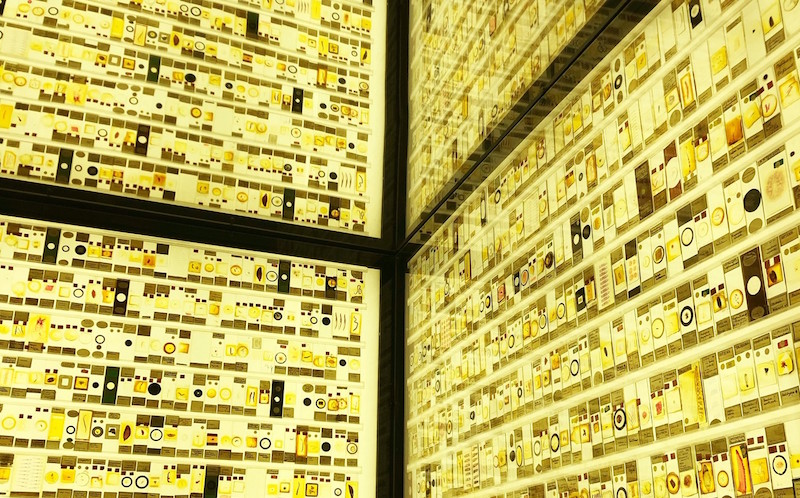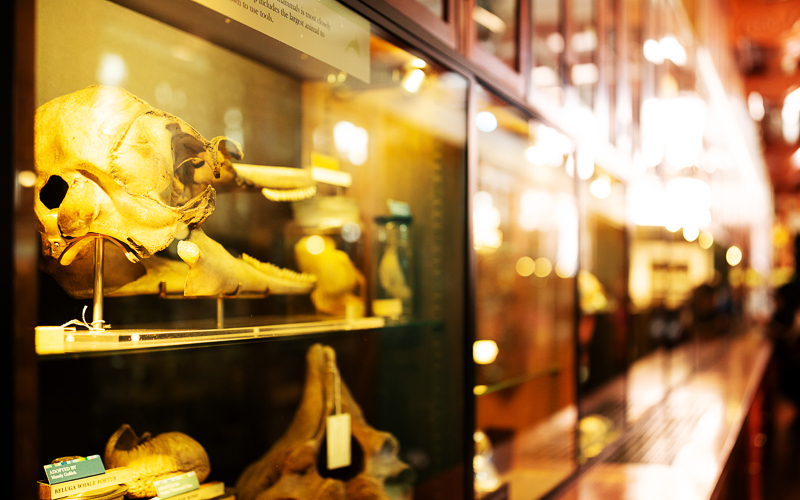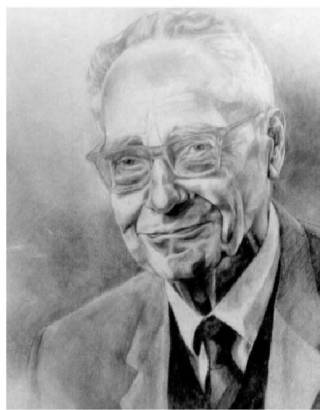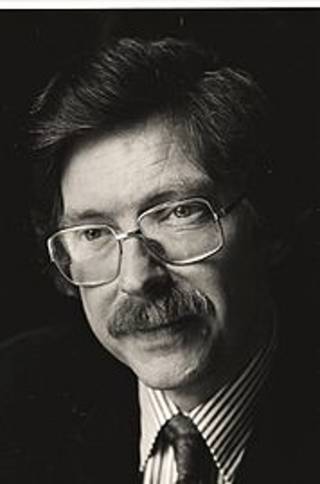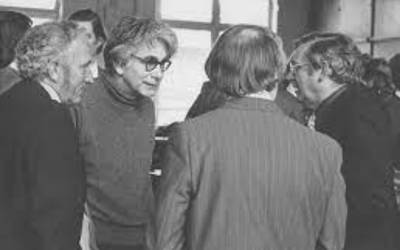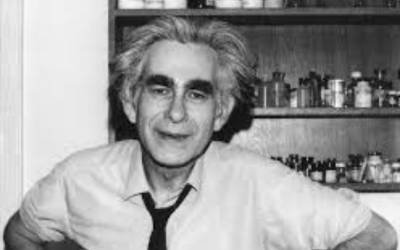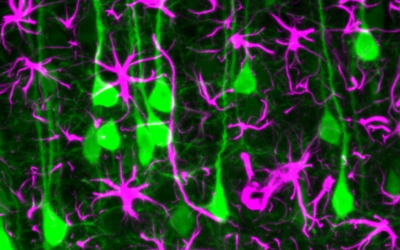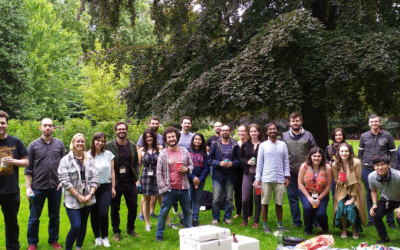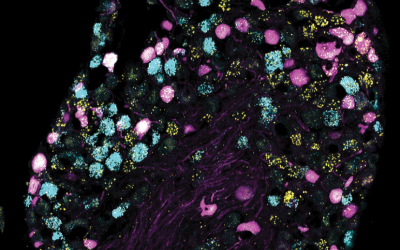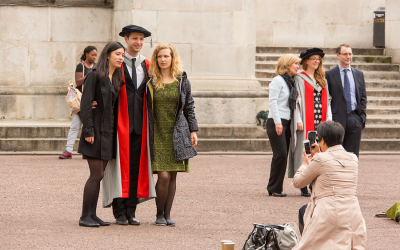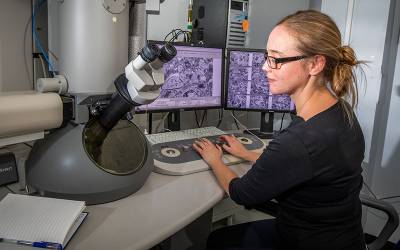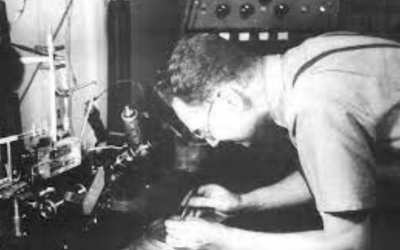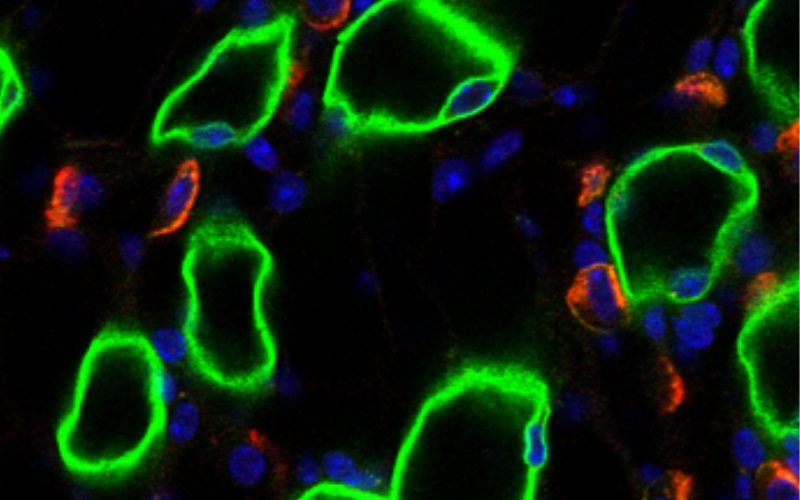Graduate students joining NPP will join a long and distinguished heritage of PhD study. The Research Department of Neuroscience, Physiology and Pharmacology has origins in the UCL medical school departments of Physiology, Pharmacology and Anatomy which made many contributions to the early development of these academic disciplines.
During the second half of the 20th Century, many important contributions to our fields of study were made by PhD students who began their careers at UCL. Among PhD students from the departments of Physiology and Pharmacology was Donald Jenkinson (Head of Pharmacology, 1983 to 1987) who was a PhD student in the 1950s with Sir Bernard Katz and made the first precise quantitative measurements of the affinity of tubocurarine for acetylcholine receptors of the neuromuscular junction (Jenkinson, 1960; doi: 10.1113/jphysiol.1960.sp006489).
Later, with Dennis Haylett and Neil Castle he made precise measurements of the highly specific block of one class of potassium channels by the honey bee venom peptide, apamin (Castle, Haylett and Jenkinson, 1989, doi:10.1016/0166-2236(89)90137-9). He was a generous and kind Head of Department, (known as ‘the old walrus’ by some of the medical students on account of his bushy mustache).
Paul Fatt was a remarkable PhD student in the Physiology department who studied neuromuscular transmission in the frog with Sir Bernard Katz during his PhD. Paul had studied Biochemistry at University of California Berkeley on the G.I. Bill after serving with the US Army during World War II.
In a Physiological Society memoir (Ashmore, 2014, An interview with Paul Fatt) he describes vividly arriving at UCL in the summer of 1948, having travelled by transatlantic liner from the United States, to find very few people in the department!
He was advised to go to Plymouth, where Katz and Hodgkin and Huxley were working together studying squid axon action potentials. There he met Katz and this led to the idea for his PhD, to use the new technique of recording membrane potential using glass microelectrodes to investigate synaptic transmission by studying the endplate potential in frog muscle. Observing the membrane potential recording, Fatt & Katz noticed that there were small blips in the membrane potential (about 1 mV in size) they described as ‘biological noise’.
Others might have overlooked the noise as perhaps due to vibration or originating from their home-made amplifier, but crucially, Fatt & Katz noted that the ‘noise’ was only observed when the microelectrode was inserted in the muscle fibre close to the point of contact between the nerve and the muscle. They had observed, for the first time, a nerve talking to a muscle! These spontaneous, sub-threshold events were due to the release of ‘quanta’ of neurotransmitter acetylcholine from the terminals of the motor nerve.
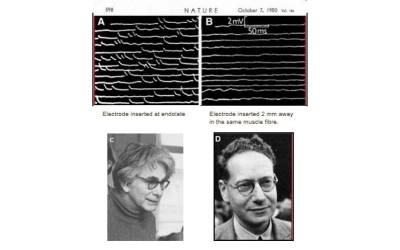
Paul Fatt’s PhD resulted in one of the most significant discoveries to be made in Physiology. Fatt & Katz published a brief report of their work in Nature in 1950 (doi: 10.1038/166597a0.), and a full paper in the Journal of Physiology in 1952 (DOI: 10.1113/jphysiol.2006.122143).
The illustration shows original membrane potential recordings from endplate of frog extensor digitorum longus muscle. Panel A, with electrode inserted at the endplate; Panel B, inserted 2 mm away. Panel C, Paul Fatt photographed in 1989; Panel D, Paul’s PhD supervisor, Sir Bernard Katz. In a long and distinguished career in the Biophysics Department at UCL, Paul Fatt went on to make fundamental discoveries on excitatory and inhibitory synaptic transmission, on muscle properties and identified voltage-gated calcium currents.
Read more about the History of NPP
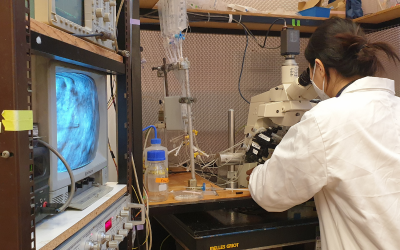
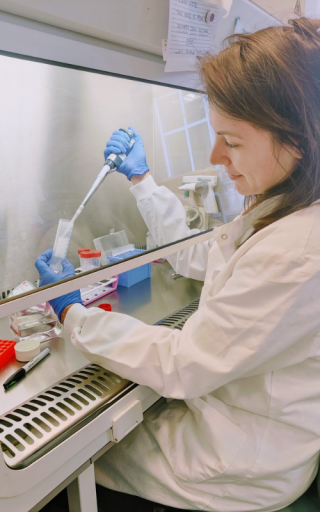
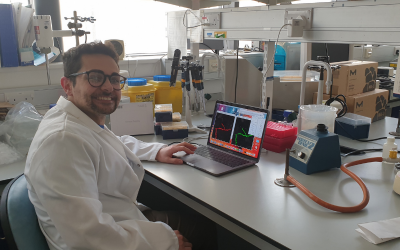
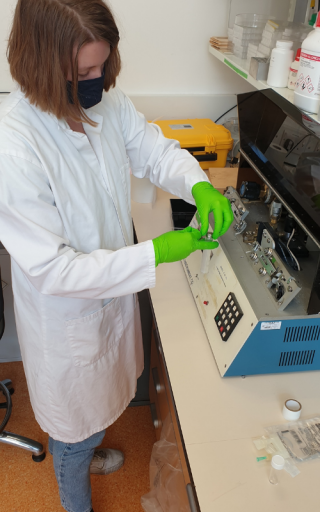
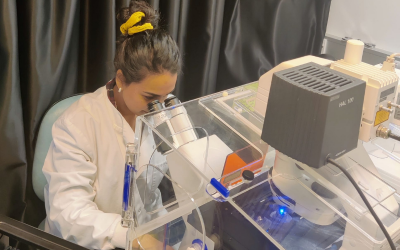
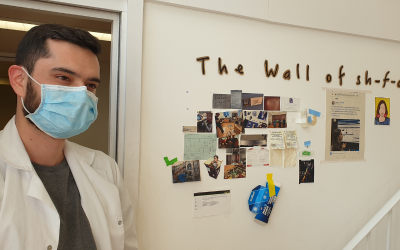
 Close
Close


